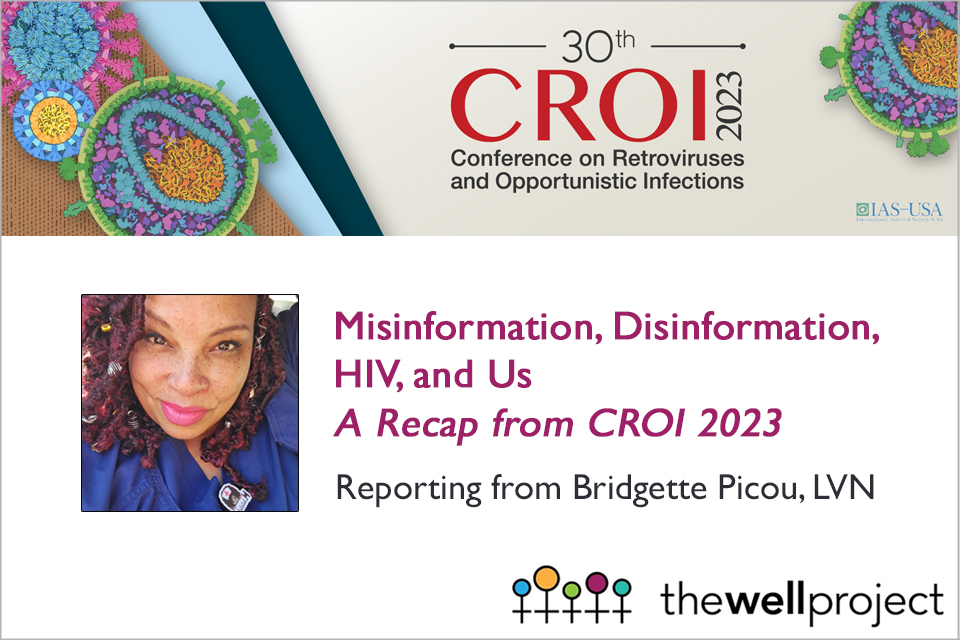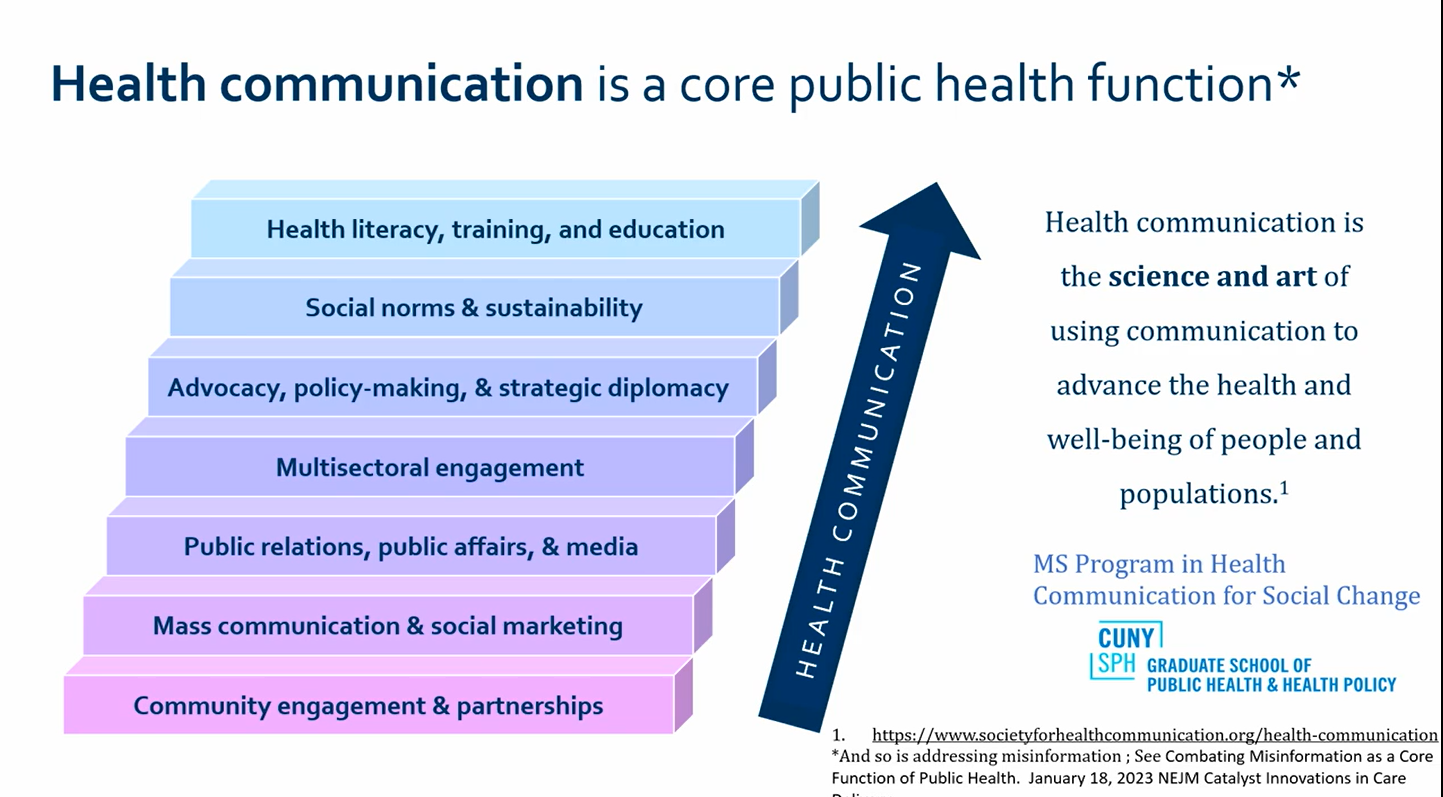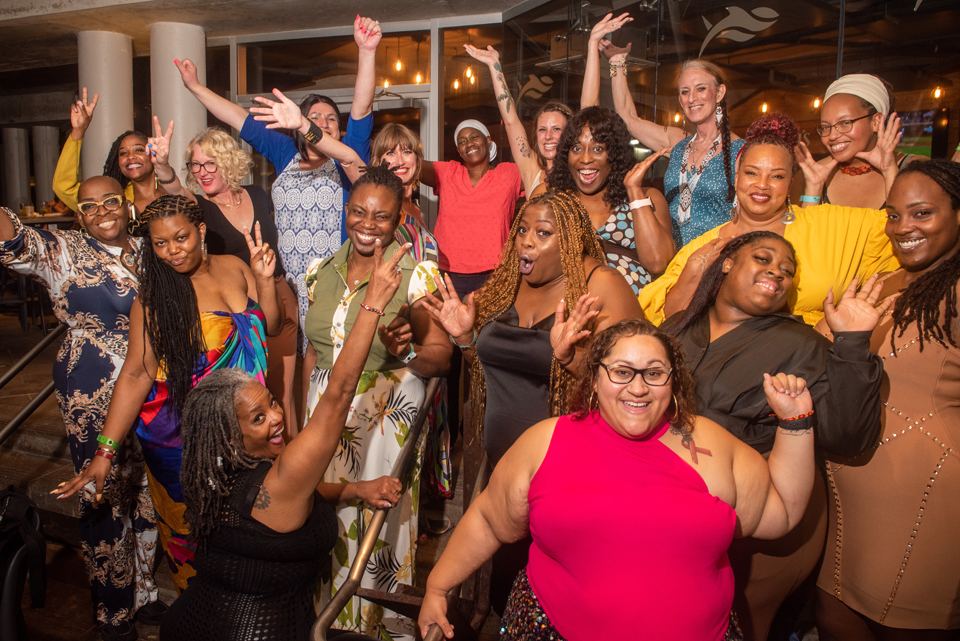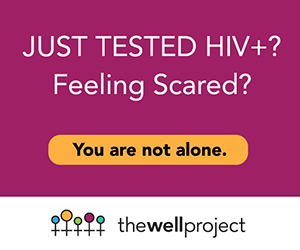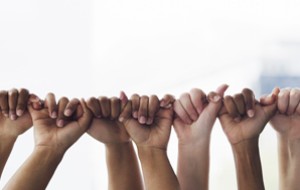By Bridgette Picou, LVN
The International Workshop on HIV & Women and the Conference on Retroviruses and Opportunistic Infections (CROI 2023, celebrating its 30th year) took place back-to-back in February 2023 in Seattle, Washington. This was the first in-person gathering for both conferences since the COVID-19 pandemic began, and members of The Well Project's community were on hand (in some cases virtually). Read this author's perspectives and check out all The Well Project's coverage of these fascinating research meetings. Read this author's perspectives and check out all The Well Project's coverage of these fascinating research meetings.
On the last day of CROI 2023 in Seattle this year, I attended one of the final symposiums, entitled "Science Communication in the Age of Misinformation." I was tired, had had enough of being a people person, and was ready to go home. Having said that, I didn't expect to enjoy this session, but I did.
This was a discussion of how health misinformation and disinformation affected us in the face of COVID-19, along with scientific and evidence-based approaches to how to fight it. The session was comprised of presentations from:
- Scott Ratzan, MD, MPA, editor-in-chief of the Journal of Health Communication: International Perspectives ("Countering Vaccine and Health Mis and Disinformation: An Evidence-Based Approach");
- Emily Vraga, PhD, of the University of Minnesota ("What Can I Do? The Challenge of Health Misinformation Online"); and
- Heidi Larson, PhD, founding director of the Vaccine Confidence Project at the London School of Hygiene & Tropical Medicine ("What's Fueling the Spread of Misinformation: Looking Beyond Fake Facts")
The session covered the difference between misinformation and disinformation, which Ratzan defines as "intent." Is there an intent to deliberately confuse or mislead? If not then it is misinformation, but misinformation repeated becomes disinformation.
Vraga discussed the sheer volume of and prevalence of misinformation and how it spreads online. Those numbers included stark facts like nearly eight in every 10 people in the US believed (or were unsure about) at least one falsehood about COVID-19 or the vaccine – such as, that the vaccine would cause infertility. She blames this in part on information overload.
A point from Larson that struck me was she believes it is not just the infodemics (too much information, including false or misleading information, in digital and physical environments during a disease outbreak) themselves, but that the infodemics "reflect deeper emotions, beliefs, and the polarization of publics that amplify the spread." In other words, people want another story. I feel more and more that we as people are hungry for the sensationalized and salacious, but I don't know why that is.
So how is health misinformation a public health threat? An example would be the estimate that more than 300,000 deaths could have been prevented by vaccinations people didn't get because of refusing vaccines. It also erodes public trust. Consider this: Information – be it information you feel you can trust, misinformation, or disinformation – calls people to action, or inaction.
While this presentation was based on the COVID-19 pandemic and response, it got me thinking about how information in HIV affects everything from testing, to prevention, to stigma. We know misinformation is still prevalent. HIV is not acquired from kissing or sharing plates and silverware. It never was. Yet this persistent piece of misinformation is something people still stubbornly believe and so has become persistent disinformation that gets shared. PrEP (pre-exposure prophylaxis) is a prevention tool that is not only for sexually active gay men. Yet, the prevalence of this thought keeps providers from prescribing it – and keeps women who could benefit from PrEP not only from knowing about it as a prevention tool, but from seeking it out if they do know about it.
The dogged clinging to old ideas and refusal to trust science and advances are part of the reason we remain behind in getting ahead of the HIV pandemic. Lacking a cure, knowledge and treatment as prevention (TasP) are tools both to keep people healthy with HIV and prevent new acquisitions – but only in the presence of accurate information people feel they can trust.
So, what do we do? I like Ratzan's take on using the "science and art of communication" to advance the health and well-being of populations.
We continue to use thoughtful campaigns to involve people in an inclusive way. We absolutely continue in the fight for language justice and using language in non-stigmatizing and person-first (as opposed to disease- or condition-first) ways. Reciprocal relationships among community, advocates and the medical establishment are critical. We continue to dispel misinformation and disinformation with dialogue, human stories, and the intent to keep people HIV free.
Read all coverage from The Well Project at the International Workshop on HIV & Women and CROI 2023!


